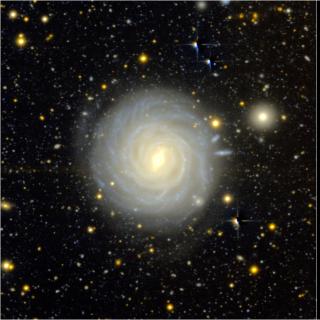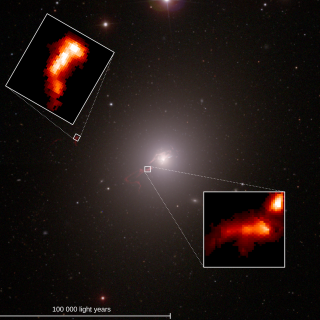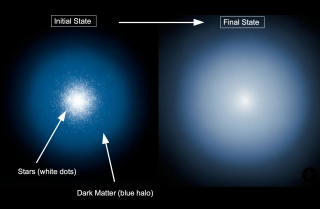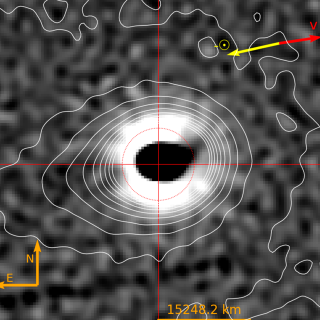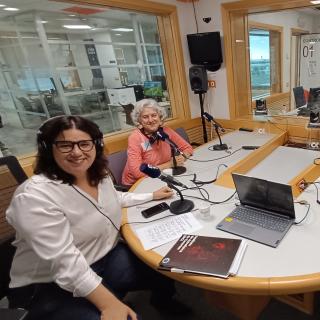
Esta semana, "Soñando Estrellas", el espacio radiofónico del Instituto de Astrofísica de Canarias (IAC) que se emite en La Radio Canaria invita a descifrar los secretos de nuestra propia galaxia y a descubrir cómo el cielo se ha convertido en un motor económico para las islas en el capítulo 08. El programa, conducido por la periodista científica Verónica Martín, se emite este viernes 26 de diciembre a las 22:30 horas, ofreciendo una nueva entrega que combina ciencia de vanguardia con el talento joven de la Astrofísica. En este episodio 08, el programa cuenta con la participación de Carme
Advertised on
